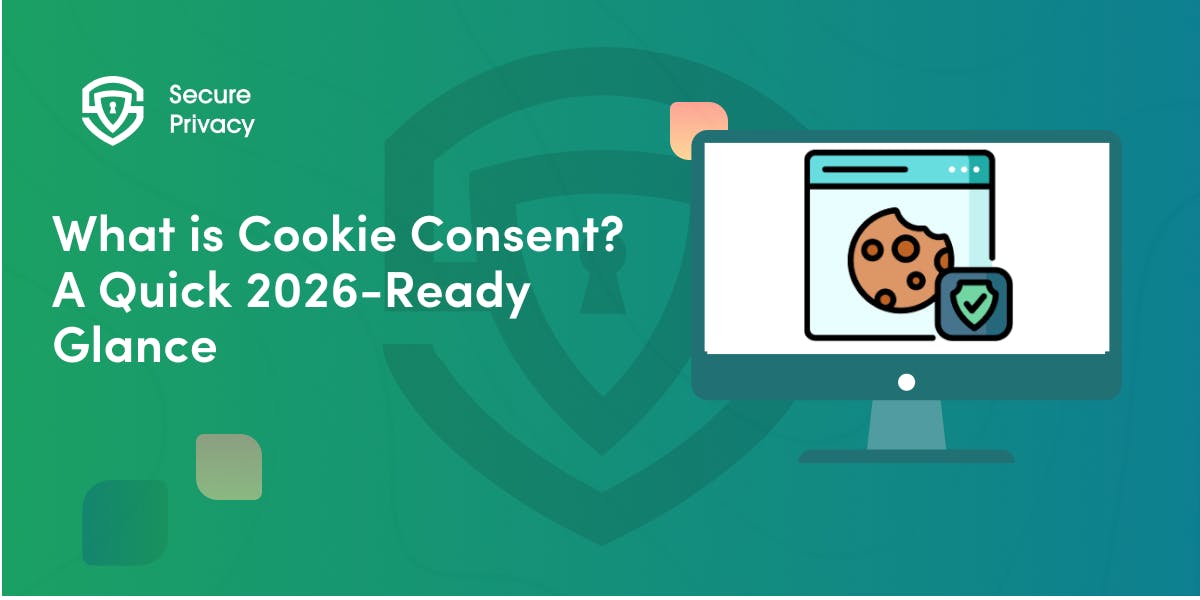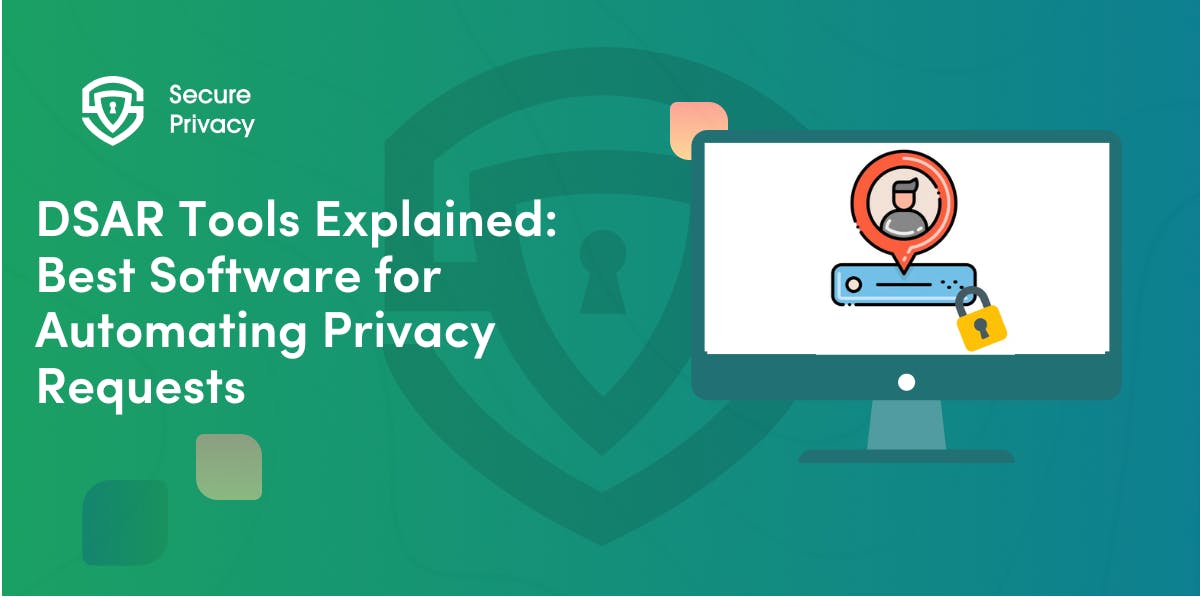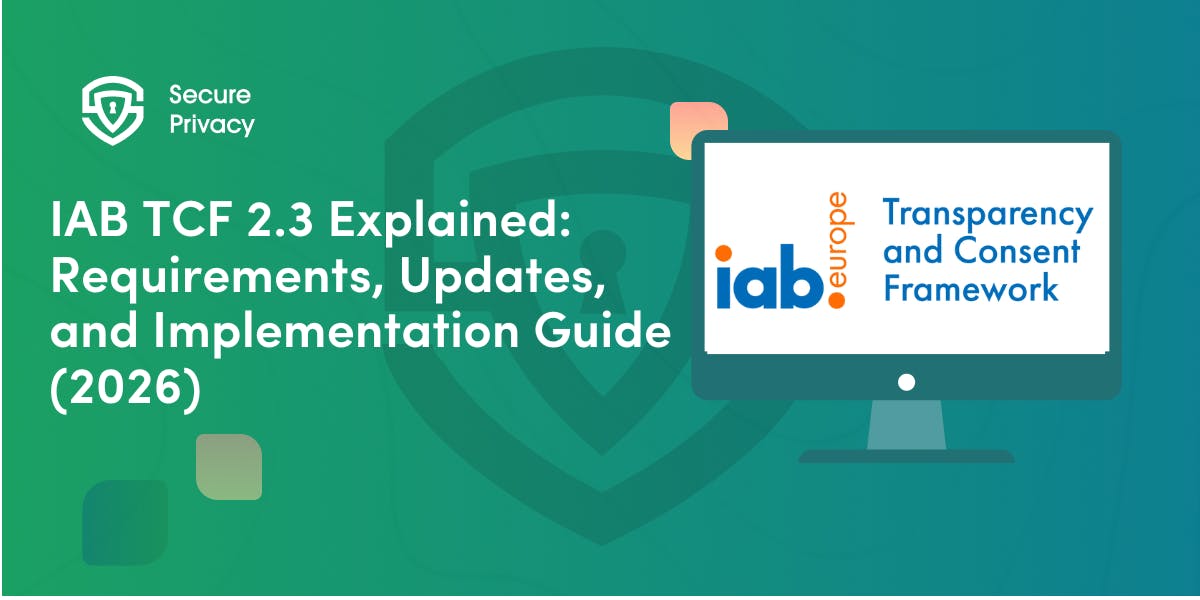7 ways to manage and navigate reputational risks (in a privacy-conscious world)
Learn how to protect your brand's reputation through risk assessment, stakeholder management, and crisis planning. Discover strategies to build and maintain brand trust.
A Brand’s Greatest Asset: Reputation
A brand’s reputation is its most valuable asset—the gut feeling people have when they think of you and the aftertaste you leave once they move on with their day. But the reputational risks threatening brands today are bigger and more complex than ever before. Data breaches exposing sensitive information, failure to meet stakeholder expectations, regulatory non-compliance, and public relations crises fueled by social media backlash can all devastate customer trust, destroy brand equity, and lead to severe financial losses.
Imagine a majestic pyramid—glorious to behold—that, if you pull back even a single cornerstone from its foundation, would crumble before your eyes. Brand reputation, built painstakingly over years of focused effort, can be brought down in minutes if left unguarded.
"It takes 20 years to build a reputation and five minutes to ruin it. If you think about that, you'll do things differently." — Warren Buffet
In this article, we’ll cover foundational strategies, optimized processes, and affordable technologies that help brands navigate reputational risks effectively.
Examples of Reputational Risks
To understand the complexity of reputation management, let’s look at some real-world reputational risks faced by major brands:
- Defective Products: Knight Capital’s $440 million software error stands as a stark reminder of the havoc a single technical failure can cause. The incident resulted in massive financial losses and severely impacted the firm’s credibility.
- Discriminatory Marketing and other Marketing “faux-pas”: Failing to “read the room” when creating marketing content has led brands to face social media backlash, damaging their reputation almost overnight.
- Data Noncompliance and Breaches: High-profile companies like Apple, Google, Meta, and Uber have all faced public scrutiny over data breaches and privacy violations, resulting in a loss of trust from stakeholders.
These incidents underscore the critical importance of proactively managing reputational risk to prevent and mitigate brand-damaging events.
Proactively Managing Reputational Risk
Reputational risk management must begin at the top, with senior leadership integrating it into an organization’s overall strategy and planning processes. By identifying potential risks and developing proactive strategies to mitigate them, companies can reduce the impact of negative events on their reputation.
Integrate Vision, Audience, and Goals
- Vision: Define and embrace your brand’s values. Ensure ethical norms and guidelines are woven into your brand identity and consistently upheld.
- Audience Alignment: Investigate your audience’s values and authentically align your own with theirs. Data privacy, for example, is an issue that consumers increasingly prioritize. In 2023, the IAPP found that nearly 68% of consumers globally are concerned about online privacy. There are several concrete actions consumers want organizations to take, and not take, to gain their trust. According to 64% of consumers, companies that provide clear information about their privacy policies enhance their trust. Meanwhile, 33% of consumers would lose trust in an organization that uses their data to offer them products or services from another organization.
- Set Goals Beyond Revenue: A 2019 global survey estimated that reputation accounts for 63% of a company’s market value. You need to start thinking of public perception as capital, because that’s what it is! Alongside your traditional business goals in terms of things like revenue, traffic, client retention; you need to set and work towards goals in terms of what kind of public perception you want to cultivate for your business. That will give you clear signposts as to whether to take certain turns in behavior and communication.
Conduct Regular Reputational Risk Assessments
Begin by identifying your key stakeholders and pinpointing risks that could damage your reputation. Assess the likelihood of these risks and their potential impact, and monitor stakeholder perceptions with tools like surveys and social media analytics. Reflecting on past incidents also reveals vulnerabilities and informs your mitigation strategies.
Regular crisis-response scenario testing prepares your team for unexpected events. Keep your assessments up-to-date to stay responsive to evolving market dynamics.
Refine and Control Your Processes
Ensure all marketing, partnerships, and corporate activities undergo a structured approval process. Standardizing processes with technology and clear procedures safeguards against missteps. Focus on quality and consistency across products and services, helping to avoid preventable errors that could harm your reputation.
Engage and Manage Stakeholder Expectations
A brand’s reputation is closely tied to how well it meets stakeholder expectations. Reputational damage often arises when companies promise to take certain actions but fall short or fail to communicate effectively. For instance, companies that tout commitments to diversity or environmental responsibility but operate unethically can be seen as hypocritical.
To minimize these risks, align your actions with your promises and ensure consistency across regions and practices.
Track Stakeholder Perceptions
To effectively manage reputational risk, continually track stakeholder perceptions using real-time stakeholder intelligence tools. One powerful metric in this realm is cookie consent rate, which provides valuable insight into brand trustworthiness. When users consent to cookies, they implicitly signal trust in your brand—a critical consideration in today’s privacy-aware world. Monitoring this rate allows you to adapt recovery strategies, stay attuned to shifts in public sentiment, and align actions with stakeholder expectations.
With Secure Privacy CMP, you gain the ability to track cookie consent and all other consent metrics in real time, providing a clear, actionable view of user trust levels. This powerful tool helps you understand user sentiment, reinforcing brand reputation through data-driven insights.
Privacy by Design
Embedding privacy into the design and architecture of systems from the start—rather than as an afterthought—can significantly strengthen your brand’s reputation. Privacy by Design ensures that privacy is a core consideration throughout a project’s lifecycle, signaling to stakeholders that their privacy is taken seriously. Learn everything you need to know about Privacy by Design here.
Plan for a Deeper Crisis
When crises arise, delaying your response allows negative commentary to spiral. Review your crisis communications plan regularly to ensure your responses happen within minutes. The longer reputational damage lingers, the harder and costlier it becomes to repair.
Preassign a crisis team, including executives and a spokesperson, to reassure stakeholders and manage communication effectively. Legal teams should pre-approve statements for prompt, accurate responses. During crises, social media can be both an ally and a challenge; focus on issuing transparent updates across relevant platforms without getting drawn into unproductive exchanges.
With these strategies, brands can approach reputation management proactively, protecting and enhancing their most valuable asset.
Get Started For Free with the
#1 Cookie Consent Platform.
No credit card required

What is Cookie Consent? A Quick 2026-Ready Glance
Your website loads. Cookies track users. But without proper cookie consent, you're violating GDPR — risking fines up to €20 million or 4% of global revenue. Cookie consent is the legally required mechanism by which websites obtain explicit user approval before deploying non-essential tracking technologies. This requirement stems from GDPR Article 4(11) and the ePrivacy Directive, mandating that consent must be freely given, specific, informed, and unambiguous.
- Legal & News

DSAR Tools Explained: Best Software for Automating Privacy Requests
You're drowning in data subject access requests. Manual searches through dozens of systems miss regulatory deadlines and expose organizations to fines starting at $2,500 per violation. The solution? DSAR tools — purpose-built software that automates the entire process of responding to data subject access requests, from intake to delivery.
- Legal & News

IAB TCF 2.3 Explained: Requirements, Updates, and Implementation Guide (2026)
Your ad revenue dropped 40% overnight. Google stopped bidding on your inventory. Your DSP partners flagged your traffic as non-compliant. The culprit? An outdated TCF 2.2 consent string after the February 2026 enforcement deadline.
- Legal & News
- Cookie Consent

